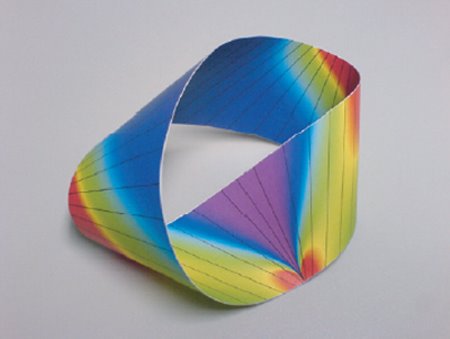 A schematic of the raytracing technique (Courtesy of Wikipedia)
A schematic of the raytracing technique (Courtesy of Wikipedia)When reading the August 2006 issue of Scientific American, an article on raytracing caught my eye as I was actively involved in drafting, CAD, 3-D modelling and animation at the time.
Raytracing is a very interesting technique in computer graphics. It involves tracing rays forward from the lens through the image plane until intersected by some object in the scene. Then, the ray is tested against its nearest neighbours for incoming light. Finally, the pixel on the image plane is coloured using the object properties in conjunction with scene lighting to produce exotic properties such as reflection, refraction, scattering, aberration, caustics, and shadows. Raytracing is, at the moment, slower than its counterpart scanline rendering, but can produce far better results (see Photorealism).
Due to its high computational cost, it has yet to be implemented as hardware for real-time rendering for use in entertainment (e.g. computer games). However, a team at the University of Saarland has already made progress in producing Ray Processing Units (RPUs). It still remains to be seen if this new technology will replace conventional GPUs and make its way to the market via industry powerhouses such as Nvidia and ATI.
Links:
A Great Leap in Graphics - Scientific American http://www.sciam.com/article.cfm?id=a-great-leap-in-graphics
Ray tracing (graphics) - Wikipedia
http://en.wikipedia.org/wiki/Ray_tracing_%28graphics%29
Photorealism - Wikipedia
http://en.wikipedia.org/wiki/Photorealism
RPU: A Programmable Ray Processing Unit for Real Time Ray Tracing - University of Saarland
http://graphics.cs.uni-sb.de/~woop/rpu/rpu.html


